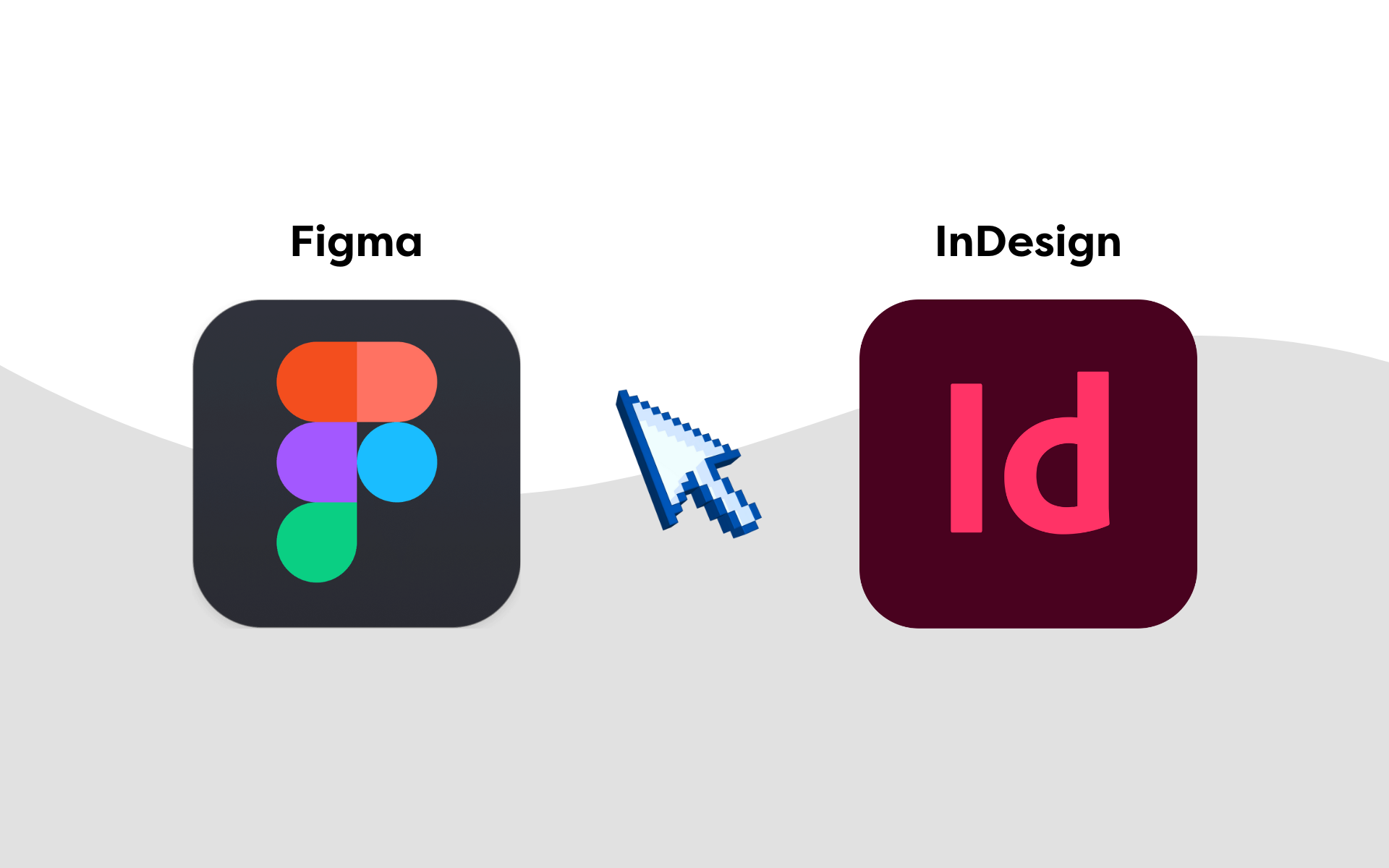When it comes to SEO, the quickest and easiest wins are often overlooked in favour of other tactics that are better publicised.
We invest countless hours auditing a website from every angle. Then, look through the findings with a fine-tooth comb to create an in-depth strategy, but very often, the most valuable and easily attainable optimisations are right there in front of us.
When you step back and look, you’ll probably find that you’ve already carried out much of the groundwork. With a few quick and simple adjustments, you’re likely to see fantastic results.
We call these quick-wins, low-hanging fruit because they’re the easiest to pull off. In this blog, we look at four of these tactics.
What is low-hanging fruit in SEO?
Low-hanging fruit SEO, in its simplest form, is the process of making easily implemented changes to your website that will improve your organic visibility and traffic.
These changes will
- increase the number of keywords you are currently ranking for
- increase the positions in which you are currently ranking
- improve the click-through rates on existing rankings and more
Coming up are four easy and quick SEO tactics that, once implemented, can have a positive impact on your organic performance.
1. Revisit your rankings
This is my starting point with all things SEO, but it is essential when it comes to low-hanging fruit!
Start by jumping into any site explorer tool (Google Search Console, SEMRush, Moz, Ahrefs, etc.) and revisit your content. This might be site, category, or page-specific level, depending on what you are aiming to optimise.
In this example, I am looking at a guide on “fixing common boiler issues”. At this point, you should be able to see a snapshot of all the keywords your page is ranking for – I recommend looking at positions 2 to 20 to start.
This gives you a nice view of some of the quick wins you could aim for, for example, trying to move your keywords into a top three position or onto page one of the SERPs, where they’ll hopefully start to climb.
At this stage, you can start to work through your keywords to see if you can help improve the rankings. I recommend creating a priority list for your improvements, taking into account keyword difficulty/competitiveness, search volume, and your existing position.
This is where the fun begins…start working through your priority list.
Improve your content
If you’re lucky enough to be ranking quite well already for content you haven’t optimised, then you’re in a really good position to take advantage of this situation. Just a little bit of additional content and a few keyword mentions can make a world of difference.
Does your page use the keywords/phrases you are trying to improve the ranking for? If the answer is no, find places to add them, but don’t force it. This is not about shoehorning in keywords where they don’t fit naturally.
While you’re in the process of revisiting the content, ask yourself, is the content good enough to rank? For example, if you’re optimising a guide for 2022, can you update it for 2023? Has anything changed?
The same applies to other seasonality factors and trends – update the content as required.
In this video short, Matt Janaway, Marketing Labs’ CEO, talks about the importance of re-optimising your content to improve your search rankings.
Improve your internal links
Internal links are vitally important in the world of SEO, both for the user and search engines. From a technical perspective, improving your internal links allows Google (and other search engines) to understand your pages, the relationships between these pages and the relevance and importance of particular pages.
When it comes to improving your internal links, I recommend crawling your site using Screaming Frog (or similar). Once you’ve done this, you can analyse the internal links going to each page.
Going back to the example above on “fixing common boiler issues”, I ran a check using Screaming Frog (see screenshot below) to understand more about the internal links pointing to this page.
Specifically, I would recommend looking at these metrics:
- the number of pages that link to the page
- the quality of pages linking to the page
- the rankings for that page
- the anchor text quality (in relation to your keyword ranking opportunities)
- any other relevant metrics specific to your content/page
At this stage, you can start making optimisations. One way to do this is by creating relevant internal links from other existing pages to your content.
You could also revisit the anchor text for existing internal links and optimise it based on your keyword research findings.
We’re an award-winning SEO agency based in Nottinghamshire. We’re here to help when you need us. Our team of specialists cover everything from content writing to technical SEO and link building.
2. Enhance your click-through rates
If you’ve already started to rank, but your visibility in the search engine result pages (SERPs) isn’t working hard enough for you, there might be an opportunity to optimise your snippets to help improve your click-through rates (CTR).
Return to Google Search Console to find the pages ranking well but not being clicked enough (prioritise your revenue-making pages).
Drill down to the relevant search queries and see if there’s any reason they might not be getting clicked.
- Do you still have “out of the box” meta titles and descriptions?
- Are your organic competitors doing something better than you, pulling clicks away?
- Could you improve yours to match search intent better?
- Could you make any changes that will help you stand out?
- Consider shorter, snappier titles.
- Test emojis in your meta title – these can help you stand out and improve your CTRs.
Search Engine Journal – how to add emojis to title tags
3. Aligning pages and content with intent
Another common reason for low click-through rates or high bounce rates is the absence of “search intent” optimisation.
If you’ve got a page that ranks highly for a keyword, but the content doesn’t align with what the user is looking for, they’re unlikely to stick around, resulting in them bouncing.
If your content doesn’t satisfy the user’s search query, you’re wasting your hard-earned position in the SERPs.
Likewise, if you have more than one page competing for the same search queries, you’re likely to confuse users navigating your website and cause accidental cannibalisations that can confuse search engines.
The good news is that it’s straightforward to rectify. Start by looking for pages that rank well but potentially have low click-through or high bounce rates. This will point you towards content that might not necessarily align with the search terms it ranks for.
If you find a page that you think might not be aligned with searcher intent, search the keyword/phrase in Google and see whether the ranking pages are similar to your page. For example, if your page is a product page and their pages are blog posts, you may need to correct the intent.
Here’s what to do next.
- Merge the content – could you merge the posts/pages that are similar to create a new and better-suited piece?
- Update the content – if a ranking page is out of date, a nice quick win could be to revisit the content and update it (ideal for blog posts, guides, etc.)
- Prune the content – consider removing content that isn’t relevant anymore and putting potential redirects in place.
4. Improve your page speed
Page speed is one of the most important ranking factors for SEO and user experience; nobody likes going to a website and waiting too long for the page to load.
This is why Google states that “the probability of bounce increases 32% as page load time goes from 1 second to 3 seconds”. And I can believe it – users are very impatient!
Site speed isn’t always a quick win, but you might be able to locate the cause of an issue to improve the speed. Here are a few examples.
- Optimise your web hosting for your platform
- Reduce large files – images, videos, etc.
- Consider looking into caching and a CDN
- Reduce the amount of “bloat”, e.g. additional plugins
For more on this, read our article on how to measure and improve your page load speed.
The key takeaway
A lot of people ask me, “What is the silver bullet to get me to show on Google’s first page”? Unfortunately, the answer is there isn’t one – SEO is a long game and you have to play. You’re forever optimising, revisiting, improving and editing to get the best results. That being said, there are some things you can do that can speed up the process.
Implementing the tactics outlined in this guide will help you find some nice quick wins.








